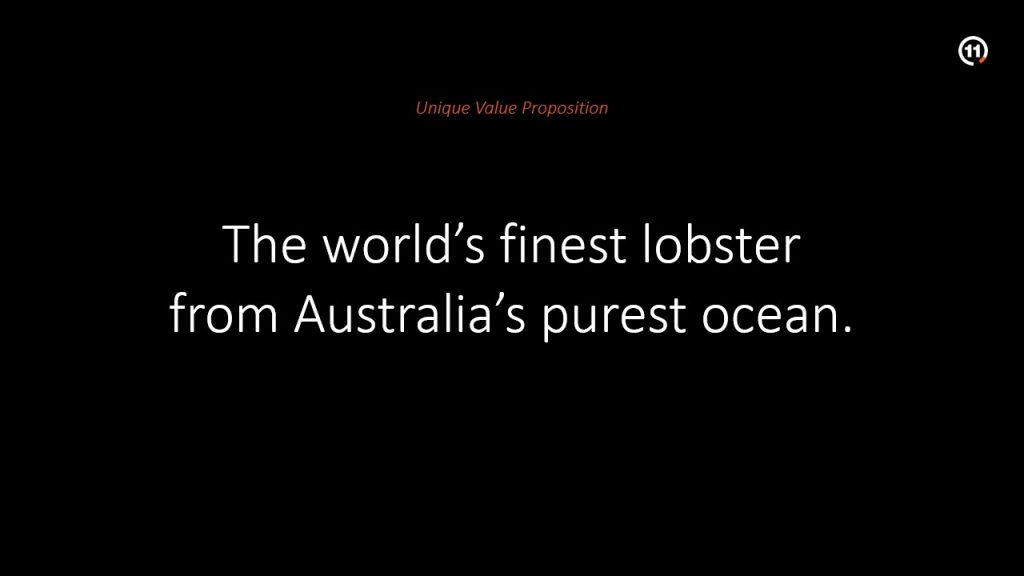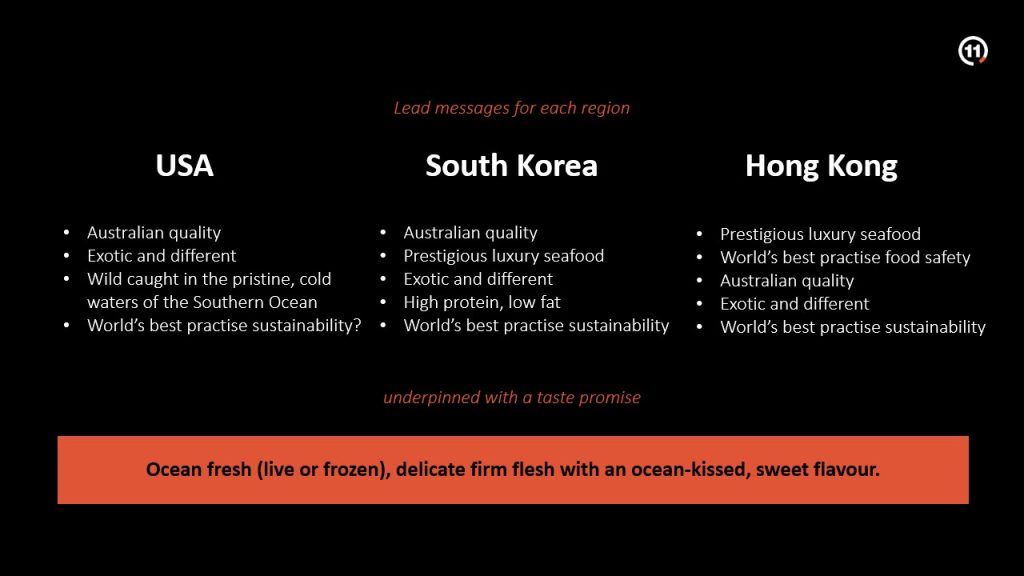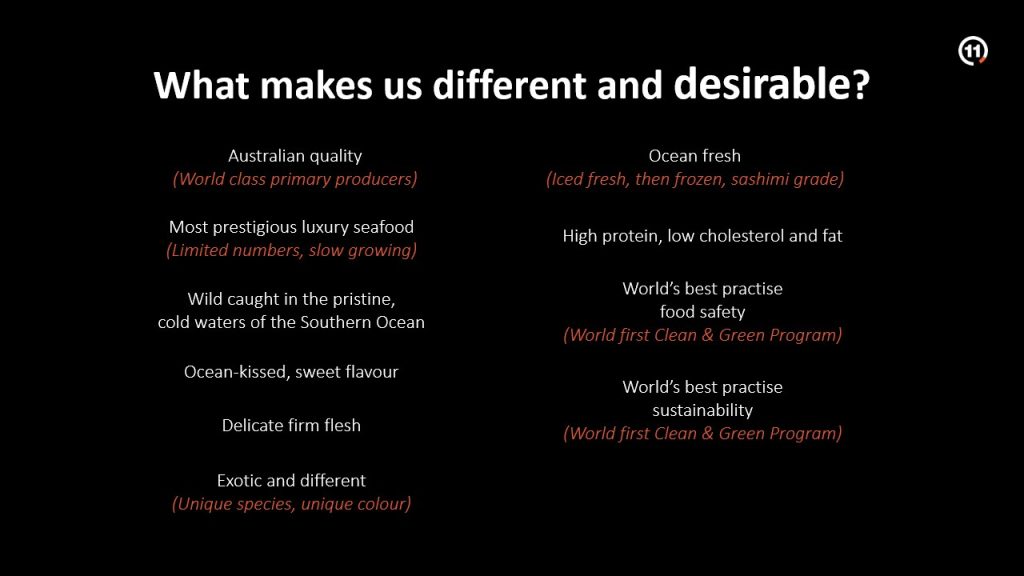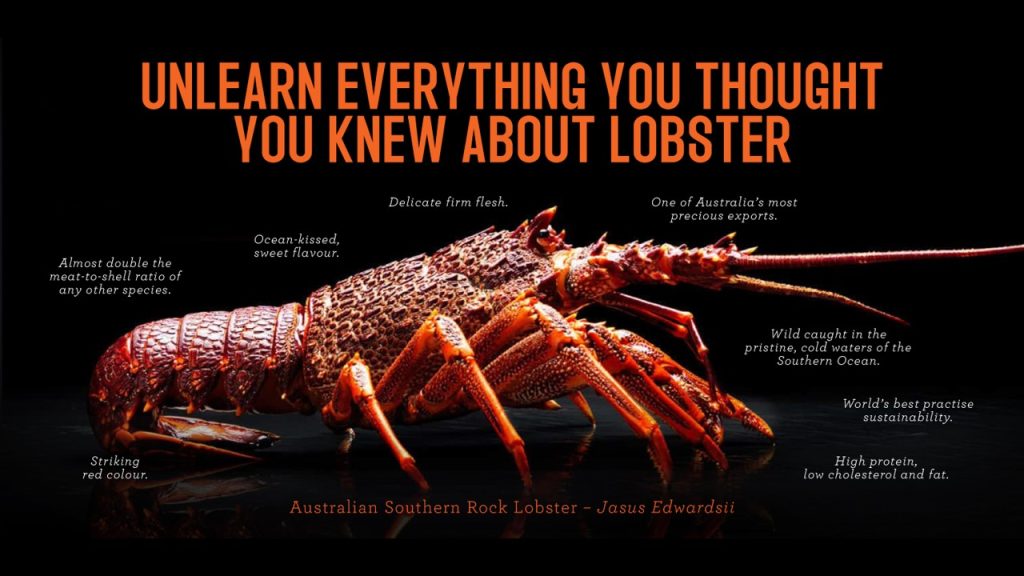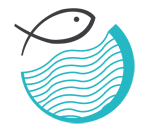SIA announces Sea Safe Focus Initiative: Stay Sea Safe with Life Cell
At Seafood Industry Australia we prioritise the safety and wellbeing of our industry and its people. Through our Sea Safe program, we have set out to measurably improve personal safety culture and outcomes in the Australian Seafood Industry. Sea Safe has its foundations in peer-to-peer information sharing and learning that we are rolling out on our website and social media. But we’re not done there — we are continually looking for new ways to promote safety and protect lives at sea, which is why we are excited to announce that we have teamed up with Life Cell and are able to offer a limited-time 20% discount on all online orders placed on lifecellmarine.com using promo code SEASAFE20. The Sea Safe team have worked with industry members to ensure that this product is a good fit for commercial vessels. This is a thumbs-up For Industry By Industry.
What is Life Cell?
Life Cell is a flotation device that stores all your essential safety gear (contents not included), including EPIRB, flares, V-sheet, whistle, air horn, torch, heliograph, and VHF radio. AMSA approved (GES 2017/09), Life Cell is designed to save lives by making safety equipment easily accessible in emergencies.
The Life Cell Story
In January 2012, Scott Smiles, Rick Matthews, and their two 11-year-old sons were stranded at sea after their boat suddenly sank 10km off the coast of Sydney. With only seconds to grab essential safety equipment, they found themselves clinging to an esky in the open sea, facing a catastrophic situation. Miraculously, they survived, and this harrowing experience inspired them to create Life Cell—a revolutionary device that redefines how safety equipment is stored and used on boats.
Take advantage of this exclusive online discount. Order now using promo code SEASAFE20 and stay Sea Safe.
Seafood Industry Australia and the Sea Safe program are not receiving compensation for the sales of Life Cell products. Our partnership with Life Cell is solely aimed at promoting safety and wellbeing within the industry.
This offer is valid for all Life Cell products purchased online at www.lifecellmarine.com.
Offer valid until 30 September 2024.
For more information visit SeaSafeoz.com.au
Seafood Industry Australia is seeking to appoint three Non-executive Directors to its Board
Click here to access the 2024 SIA Director Information pack.
Click here to access the 2024 SIA Director Nomination and Candidate Information Form.
About us
Seafood Industry Australia (SIA) is the national peak body representing the whole of Australia’s seafood industry with members from the wild-caught, aquaculture and post-harvest sectors.
As the voice of Australian seafood, SIA provides consumers, Government and other stakeholders with confident and united representation. We are a member-based, not-for-profit organisation with the mission to Promote, Protect and Develop the Australian seafood industry at a national and international level.
Overview
Seafood Industry Australia is seeking to appoint three (3) non-executive directors to its Board. These positions present a unique opportunity to support the direction of the association and the industry.
The SIA Board provides strategic guidance and effective oversight of the management and performance of the association in delivering its strategy. The Board operates under mature corporate governance and risk management frameworks to ensure the association’s efforts continue the prosperity of this important Australian industry.
Position Descriptions
The primary skill set sought for the 3 positions are as follows:
Position 1 – Governance & Stakeholder Management
— Experience and commitment to best practice corporate governance.
— Significant board expertise with an ability to guide the board around governance issues and processes.
— Previous Chair experience highly regarded but not essential.
— Possess an understanding of membership-based organisation governance with senior-level experience in successful stakeholder engagement strategy and implementation across key stakeholder groups.
— Awareness of regulatory and statutory frameworks.
Position 2 – Leadership and Strategy
— Experience in leading change and innovation in complex multi-stakeholder environments.
— Demonstrated track record as a Chair/Senior Executive with contemporary leadership experience.
— Entrepreneurial mindset.
— Experience in strategic/corporate planning, including identifying and analysing strategic opportunities and threats, developing, implementing, delivering and monitoring strategic objectives.
Position 3 – People & Culture
— Experience in overseeing workplace culture, people management, industrial relations, health, safety and wellbeing.
Contemporary skills in the following areas are also important but not essential assessment criteria:
- Financial literacy: Demonstrated financial management skills and ability to interpret and interrogate financial information.
- Digital and Technology: Experience and expertise in identifying, assessing, implementing and leveraging digital technologies, and understanding cyber-security.
- ESG Experience: Understanding and experience in effective environmental management and the impacts of climate change on business operations.
- Agribusiness Experience: Experience and knowledge of agricultural and food production, processing and marketing.
- Communication and Contribution: Be able to effectively communicate ideas to the board and contribute skills, knowledge and expertise to be an effective member of the board.
Directors commitment
Directors must be prepared to attend and participate in various meetings, including at least 4 Board meetings per year, the Annual General Meeting (AGM) and serve on board committees. Current committees of the Board include:
- Corporate Governance Committee
- Financial Audit and Risk Management Committee
- Director Nomination Committee
Previous experience as a Board Director and/or willingness to undertake relevant professional development is desirable. GAICD or similar credentials are highly regarded.
This is a volunteer position. Reimbursement will be provided for travel, accommodation and related expenses, in line with company policy. Board appointments are 3-year terms, currently with a maximum of 2 terms as per the existing Constitution.
Applications
SIA welcomes and encourages all suitably qualified candidates to apply. Candidates can specify the position they are applying for and can apply for multiple positions via the cover letter and/or the application form.
To express your interest, email your application and CV to [email protected] . Applications close Monday 8 July 2024.
SIA is committed to providing an environment that respects and promotes equality and diversity to better reflect their sector and the industry’s key markets.
SIA values the awareness, acknowledgement and respect for Aboriginal and Torres Strait Islander Peoples and their culture within our organisation. We welcome applications from people of Aboriginal and Torres Strait Islander heritage.
All applications will be treated with the strictest confidentiality.
SIA launches new training and recruitment website for the seafood industry
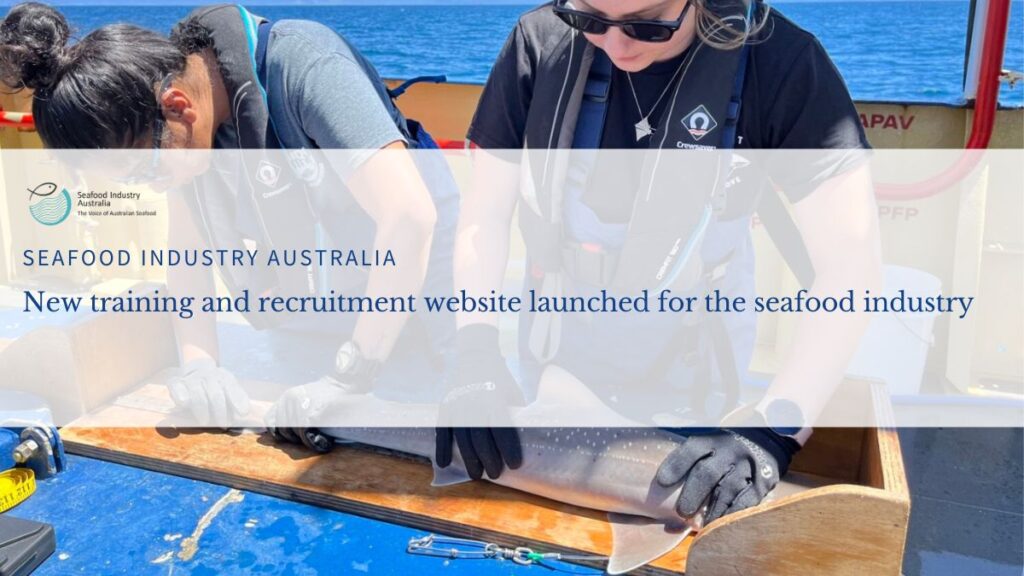
People are the Australian seafood industry’s most valuable asset and Seafood Industry Australia (SIA) and Fisheries Research and Development Corporation (FRDC) are excited to announce the launch of seafoodcareers.com.au, a training and recruitment website just for industry.
The Seafood Careers website serves as a central information hub for the Australian seafood industry showcasing the wide variety of ways to participate in industry and the available training. The site, created by employees for employees, aims to connect individuals with rewarding roles that contribute to sustainable, long term food security.
“The shortage of capable and experienced people within the seafood industry is an ongoing challenge for many commercial seafood producers,” stated Veronica Papacosta, Chief Executive Officer, Seafood Industry Australia. “Seafood Careers has been developed as a proactive step to address industry’s ongoing workforce shortages. We want to showcase the amazing opportunities our industry has to offer”.
“Seafood Careers is part of the Australian seafood industry’s goal to position ourselves as an industry known for its conscientious, fair, and progressive employers”.
Seafood Careers is designed to introduce, encourage and support people to participate in the Australian seafood industry by identifying opportunities to participate in the sector, career progression and training or mentoring opportunities.
The Australian seafood industry is committed to a vibrant and prosperous future, and by 2030 we believe the Australian fishing and aquaculture sectors can achieve $6 billion in annual gross value. This supports the Australian Government’s goal of growing Australian agriculture to $100 billion by 2030.
The growth of our industry delivers increased jobs and investment in all areas of Australia including the regional, rural and remote seafood communities where we typically operate.
The Australian seafood industry directly supports 17,000 families nationally.
“People participating in our industry help place more than 1.5 billion meals of the highest-quality, healthy and sustainable seafood on the table for Australian families and international customers every year” Ms. Papacosta said.
SIA would like to express sincere thanks to Seafood Careers sponsors, Austral Fisheries and Yumbah, for their support of this platform.
Seafood Careers has been developed with funding from the Australian Government Department of Agriculture Fisheries and Forestry (DAFF) and Fisheries Research and Development Corporation (FRDC). We thank those organisations for their support in developing Seafood Careers to help mitigate the impact of workforce shortages in our industry.
Introducing ExportingSeafood.com.au – the ultimate resource for seafood exporters
We are excited to announce the launch of exportingseafood.com.au, a comprehensive one-stop-shop curated for Australian seafood exporters. This innovative platform has been designed to provide seamless access to vital trade and market intelligence.
Recognising the unique challenges facing Australian seafood exporters, our goal is to provide the knowledge and resources needed to succeed in the global market. ExportingSeafood.com.au serves as a user-friendly and efficient online hub, consolidating information from various organisations into a single platform.
Key features include:
- Market Information: Key markets importing Australian seafood including a range of data, statistics, and specific information about exporting to that market.
- Product Specific Market Information: Key products exported from Australia and corresponding market reports for that species.
- Export Legislation: Legislation you need to comply with to export seafood from Australia.
- Export Documentation: A curated list of export documentation that applies to Australian seafood exporters.
- Seafood Safety: Disruptions in seafood trade are often a result of food safety issues, so it is important to have the right resources available.
- Grants and Loans: Explore opportunities for financial support to enhance your export initiatives.
- Marketing and Brand Resources: There are a number of resources available to seafood exporters to help you market your products and build an authentic international seafood brand.
- Training and Guidance: Access valuable training resources and guidance to enhance your exporting skills.exportingseafood.com.au is proudly delivered by Seafood Industry Australia and funded by the Agricultural Trade and Market Access Cooperation (ATMAC). This initiative reflects our commitment to supporting Australia’s seafood exporters in navigating the complexities of the global market.
We Did It – CoOL Decision for Australian Seafood
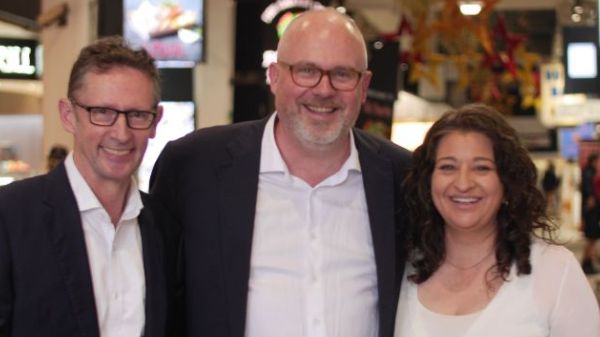
Yesterday’s unanimous vote by the State Governments around Australia to support the Albanese Government plans to change Australian Consumer Law to allow for the implementation of mandatory Country of Origin Labelling (CoOL) for seafood in hospitality settings is a historic win for the seafood industry. CoOL gives consumers dining in Australian cafes, restaurants, and other food service areas clear and transparent information about the origin of the seafood, empowering them to make choices aligned with their preferences and values.
The implementation of mandatory CoOL for seafood in food service has been one of SIA’s key member priorities since its establishment and a cause championed by many other state representatives, sector representatives and businesses across the Australian Seafood industry for over 15 years.
Seafood Industry Australia CEO, Veronica Papacosta, commented on the historic decision, stating, “It’s difficult to explain how important this decision is to all of the industry leaders and advocates who have put some much time and effort over the last 15 years into achieving this outcome. SIA is so proud and grateful to have been a part of a unified stand by the wild catch and aquaculture sectors of this amazing industry. To have delivered a result that will provide the Australian community with the ability to make informed choices about the food they purchase and consume is a credit to the constant support and encouragement of SIA members and leaders across the industry.”
We acknowledge Assistant Minister Tim Ayres and his team for their strong and constant support for our industry and the delivery of the Albanese government’s 2022 election commitment. Assistant Minister Ayres’s unwavering belief in the Australian consumers’ right to know was inspiring and comes at a time when the Australian Seafood industry is in need of a win.
“The Albanese Labor Government has delivered on its commitment to improve seafood labelling across the country, said Assistant Minister, Tim Ayres, and “I appreciate the extensive contributions of the hospitality sector, consumer interest groups and the seafood industry in developing this proposal.”
The new legislation is scheduled for implementation in 2025, following a suitable transition period and an extensive education campaign. In the coming months, detailed advice will be made available to assist the hospitality and seafood sectors in understanding and adapting to these new requirements.
Seafood Industry Australia Launches Southern Rock Lobster Marketing Toolkit
Are you an Australian seafood producer and/or exporter? Do you want access to free marketing assets?
The assets are available as a result of the Agricultural Trade and Market Access Cooperation (ATMAC) Program. By requesting access to the assets, you agree that you are an Australian seafood producer and/or exporter.
Why are we providing free marketing assets?
Background
Due to disruptions with live exports of lobster into China, the Australian Southern Rock Lobster industry is looking to expand into additional markets for non-live products including frozen green, frozen cooked and value-added lines.
USA, Hong Kong and South Korea were identified as top key markets.
Need to develop a range of marketing tools and collateral for use by industry members to promote a unified and consistent Australian Southern Rock Lobster brand story.
These creative assets are “white label,” allowing each enterprise to take ownership of its individual brand. The use of creative assets is not restricted to the top key markets identified.
The focus for this project is frozen, cooked and value-add southern rock lobster (SRL), but does not exclude other lobster species.
What we’ve done so far
- Reviewed all available research material shared by industry.
- Conducted desktop review of publicly available information and data on the category and competitors.
- Compiled a collection of creative benchmarks as the stimulus for strategic discussion and creative development.
- Developed a brand messaging strategy and a range of marketing tools and collateral to support the industry in key priority export markets with an additional bonus, that the industry can also utilise these within the domestic market.
What do we (you) need to do next?
Tell the Australian story (with a focus on what sets us apart from competitors) … and give consumers/trade the confidence to choose Australian Southern Rock Lobster and pay a premium for it.
